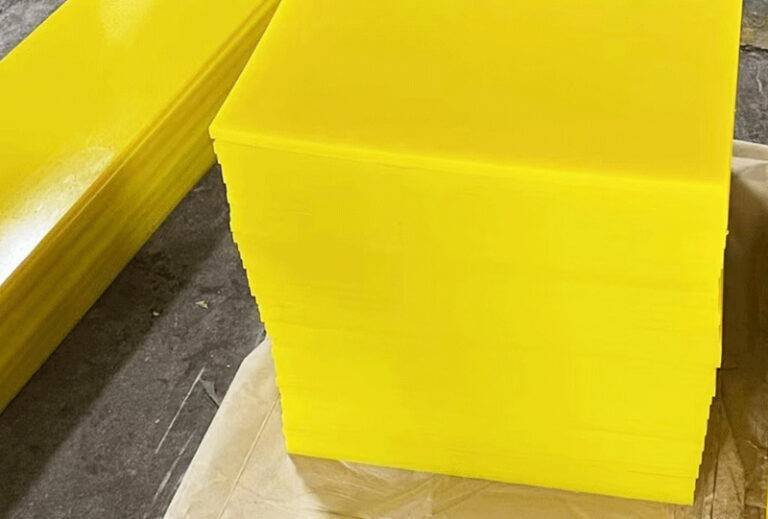Thermoplastic Polyurethane (TPU) belts are widely used in various industries due to their durability, flexibility, and resistance to wear and chemicals. However, proper maintenance is essential to ensure their longevity and efficiency. Regular upkeep not only extends the lifespan of TPU belts but also improves conveyor performance, reduces downtime, and lowers operational costs. In this article, we explore the best practices for maintaining TPU belts to maximize their performance.
Best Practices for TPU Belt Maintenance
1. Regular Cleaning
Dirt, dust, and residue buildup can affect the performance of TPU belts. Regular cleaning helps prevent contamination, reduces friction, and maintains smooth operation.
- Use mild detergents – Avoid harsh chemicals that may degrade the TPU material.
- Wipe with a damp cloth or soft brush – Prevents damage to the belt surface.
- Clean regularly based on usage – Food and pharmaceutical industries may require daily cleaning, while other industries can follow a weekly schedule.
2. Proper Tensioning
Incorrect belt tension can lead to premature wear, slippage, or excessive strain on the conveyor system.
- Avoid over-tensioning – Excess tension can cause stretching and reduce flexibility.
- Check and adjust tension regularly – Follow manufacturer recommendations for optimal performance.
3. Regular Inspection for Wear and Damage
Routine inspections help detect potential issues before they lead to belt failure.
- Check for cracks, fraying, or surface wear – Address small damages before they worsen.
- Inspect belt joints and seams – Ensure they remain secure and intact.
4. Ensure Proper Tracking
Belt misalignment can cause uneven wear, energy inefficiency, and system breakdowns.
- Align pulleys and rollers properly – Keeps the belt centered during operation.
- Adjust tracking mechanisms as needed – Prevents side wear and slippage.
5. Avoid Overloading
Exceeding the belt’s load capacity can lead to stretching, tearing, or breakdowns.
- Distribute weight evenly – Prevents stress on specific belt sections.
- Follow recommended load limits – Ensures long-term durability.
6. Store Belts Correctly When Not in Use
Improper storage can affect belt quality and lifespan.
- Store in a cool, dry place – Avoid exposure to direct sunlight and extreme temperatures.
- Keep belts flat or properly coiled – Prevents warping and deformation.

Conclusion
Implementing these best practices can significantly extend the lifespan and efficiency of TPU belts, ensuring smooth and reliable operations across industries. Regular cleaning, proper tensioning, correct tracking, and avoiding excessive loads are crucial steps to maintain optimal performance.
At PENGDE NEW MATERIAL TECHNOLOGY CO., LTD, we provide high-quality TPU belts designed for durability and efficiency. For expert advice and TPU belt solutions, contact us at pengde2@pengde-pu.com.

